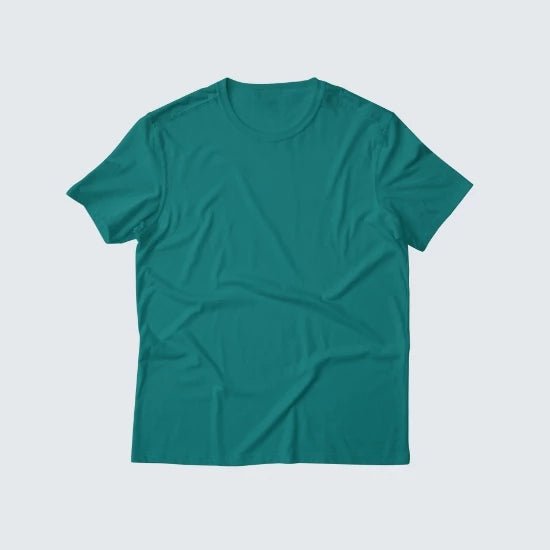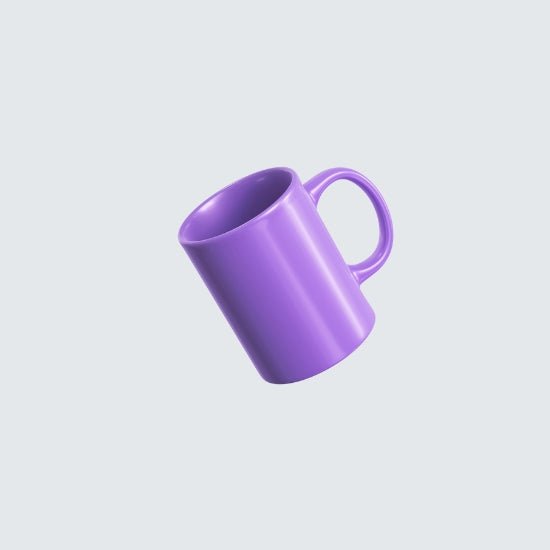
Thermal or laser printers: which is right for you?
Share
Main information:
| thermal printers | laser printers |
|---|---|
| Heat is used to produce the image. | Uses laser to produce image |
| Low operating cost | High operating cost |
| Print quality is average. | High print quality |
| Slow printing speed | Fast printing speed |
| Low ink consumption | Ink consumption is high |
| Ease of use | You may need to learn |
| Small printer size | Large printer size |
| Limited operating system compatibility | Wide operating system compatibility |
I. Introduction

Printers are an integral part of our daily lives, whether at work or at home. They allow us to convert digital documents into hard copies that we can keep or share. With the advancement of technology, new types of printers have emerged, characterized by efficiency, quality, and speed. In this article, we will discuss the difference between thermal and laser printers and which one is right for you.
II. Types of printers
1. Thermal printers

Thermal printers use heat to transfer an image printed using liquid ink on special paper to another object. Thermal printers are easy to use and inexpensive, but their print quality may be lower than other types.
Thermal printer components
A thermal printer consists of several main components, including the thermal head, which contains a series of thermal spots that heat up to form an image on the paper. It also contains the drum, which presses the paper against the thermal head, and the motor, which moves the paper.
Thermal printer features
- Low operating cost
- Ease of use
- small size
Disadvantages of thermal printers
- Print quality is average.
- The need for special thermal paper
- Printed images may fade over time.
2. Laser printers

A laser printer is a type of printer that uses a laser to produce an image on paper. This type of printer relies primarily on dry ink (toner) for printing, which is fixed to the paper using heat and pressure. Laser printing technology is characterized by speed and high quality, but it can be more expensive and larger than thermal printers.
Laser printer components
A laser printer consists of several main components, including the laser, which is used to draw the image on the photodrum, the photodrum, which attracts toner to the areas illuminated by the laser, and the drum, which presses the paper against the photodrum to transfer the toner to the paper.
Laser printer features
- High print quality
- Fast printing speed
- It can print large quantities quickly.
Disadvantages of laser printers
- High operating cost
- large size
- The need for a special toner
III. Comparison between thermal and laser printers
When comparing thermal and laser printers, we must consider several different factors. The following table provides a quick comparison between these two types of printers:
| The worker | thermal printers | laser printers |
|---|---|---|
| Cost | low | High |
| Print quality | Medium | High |
| Print speed | slow | Fast |
| ink consumption | low | high |
| Ease of use | easy | You may need to learn |
| Printer size | small | big |
| Compatibility with operating systems | limited | wide |
IV. When to choose a thermal printer?

Thermal printers are the best choice in some situations. If you need a printer that's small, easy to use, and has low operating costs, a thermal printer may be the best choice for you. Some examples of thermal printer uses include:
- Small Stores : Ideal for small stores that need to print paper documents such as retail receipts.
- Restaurants : To print invoices and receipts in restaurants on a daily basis.
- Logistics companies : Ideal for printing shipping labels and labels.
V. When to choose a laser printer?
Laser printers are the best choice in some other situations. If you need a printer that offers high print quality and fast printing speed, and you're not concerned about cost, a laser printer may be the best choice for you. Some examples of laser printer uses include:
- Offices : Laser printers are ideal for offices that need to print large quantities of documents.
- Schools and universities : for printing educational materials and academic research.
- Large companies : For large companies that need to print large quantities of documents with high quality.
VI. Conclusion
Thermal and laser printers have different advantages and disadvantages, and the best choice depends on your specific needs. Before choosing a printer, you should consider what you need from it, how much you are willing to spend, and how much time and effort you are willing to invest in maintenance and operation. Regardless of the printer you choose, always remember to search for the best deals and compare prices before purchasing. The right printer can make your life much easier!




